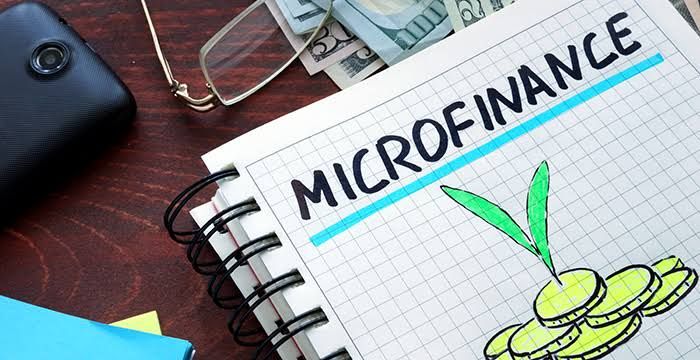Microfinance As A Tool For Poverty Eradication
Jun 22, 2019 • 39 views

Microfinance is a concept of inclusive growth under which standard of living of unserved population can be increased by providing microfinance by mobilising the micro savings.
In 21st century poverty, unemployment and terrorism are the most crucial problems that the world community has to eradicate to promote peace and harmony on this planet. The two later problems revolve around a central problem i.e. poverty. Poverty is not just a curse but it is mother of several other problems such as unemployment, literacy, low living standard etc. The stress should be therefore on the central problem so that one can control on other hindrances of a developed society.
Microfinance has become, in recent years, a fulcrum for development initiative for the poor, particularly in the third world centuries. It has been practiced in varying forms in different countries and has come to be regarded as an important tool for poverty alleviation. Although MF could possibly include a range of financial services targeted to the poor, in common parlance, however micro - credit and MF are often used interchangeably with emphasis on provision of credit to the poor.
Microfinance can be an effective tool in making the planet free from the curse of poverty. Microfinance is not a recent development. All developed countries and some developing countries, particularly in Asia have a long history of microfinance.
Microcredit means offering very small loans to poor people, usually women, to help them grow their small - scale business or start new ones. After microcredit institutions realized in the 1990s that the poor need a variety of financial product (not just credit), microcredit became: MICROFINANCE expanding to include savings and other financial product, such as insurgences.
The most common mechanisms used by microfinance institutions to offer their services to clients are group - based lending. Borrowers from groups to mutually guarantee one another's loans. The groups meet weekly or biweekly to make loan repayments and to deposit savings. Loan cycle and repayment schedule for microcredit are short, usually 4 to 6 month, to account for the nature of most micro business enterprise with cash turnover on a daily and weekly basis. The interest charged on loan is always significantly lower than the rate charged by other credit sources for poor women, such as loan sharks and money lenders. A specified amount of savings is usually required in order for a group to receive a loan. For most women members their savings represent the first ever opportunity to accumulate money for purchasing assets or emergency needs.
After 3 decades, the growth and expansion of microfinance services continue on an amazing upward rate.
There are good reasons for that:
1. Microfinance is not a poverty alleviation programme of government rather it is more comprehensive and includes all other important aspects of development. It gives a poorer a way to sustainable development.
2. Conductive policies in several countries has now created a favourable environment so that the microfinance becomes a part of formal lending.
3. This may present a vision to those who may think that microfinance is just a solution for rural economy.
The microcredit submit campaigns reports more than 92 million clients, over 80% of whom are women. The key priorities for microfinance practitioners in the coming the decade are:
1. to achieve large-scale outreach.
2.to attain financial self-sufficiency.
3.to reach a significant percentage of each nation's poor with microfinance, and to play a significant role in reducing poverty.
